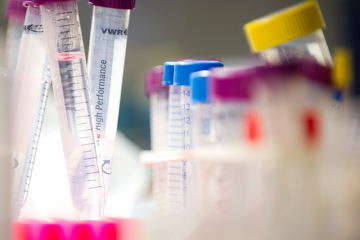Project grant
The reduction in animal usage by multiple antigen immunisation schedules

At a glance
Completed
Award date
October 2005 - September 2007
Grant amount
£100,253
Principal investigator
Dr Simon Smith
Co-investigator(s)
- Dr Bryan Howard
Institute
University of Sheffield
R
- Reduction
